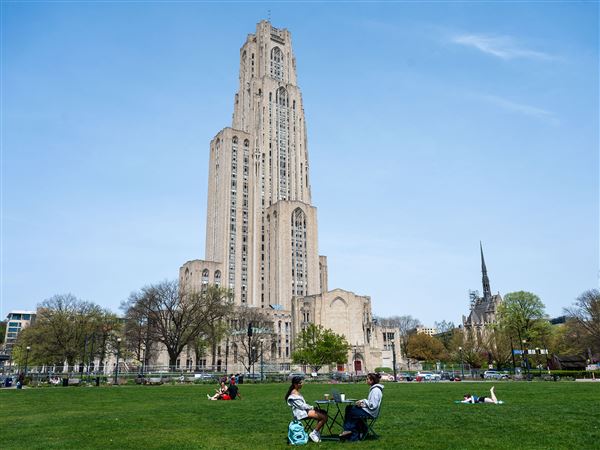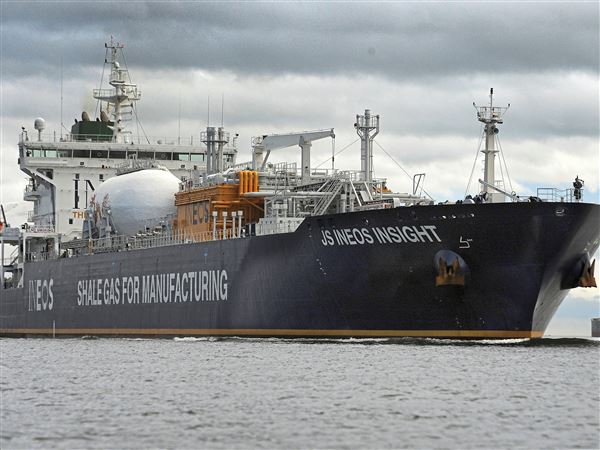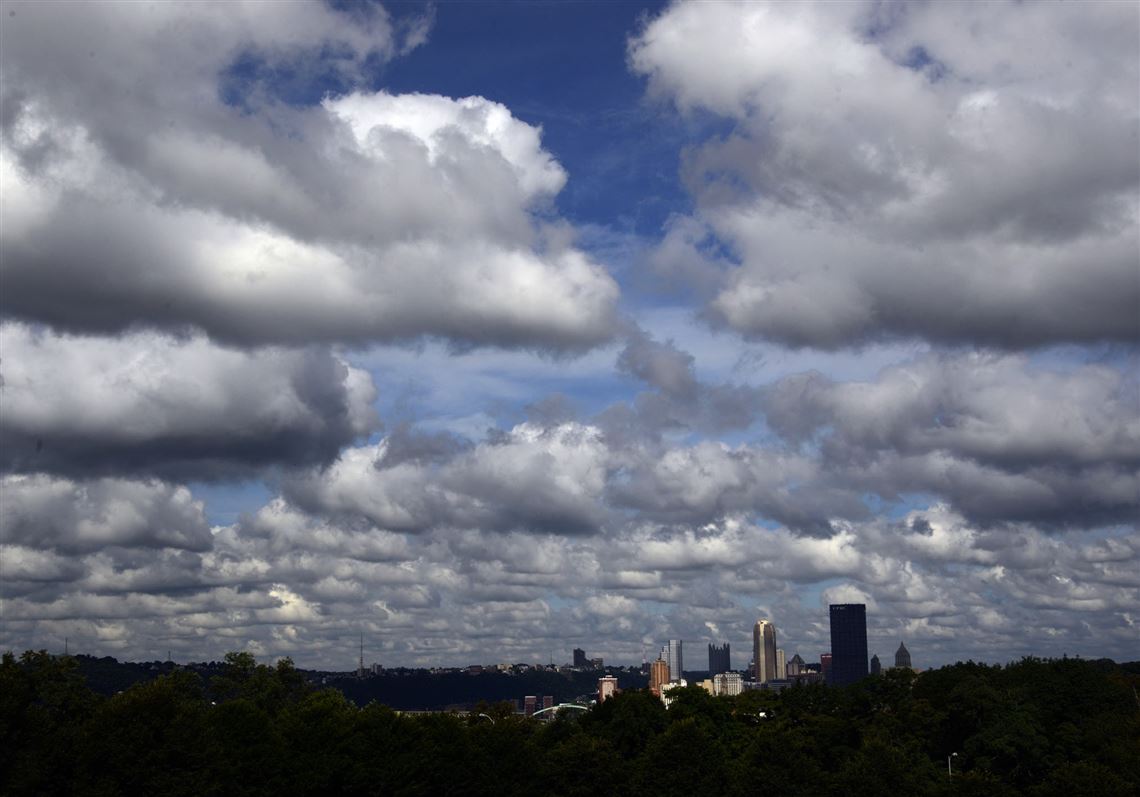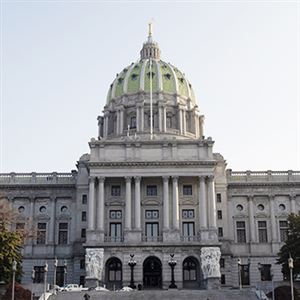Better but still bad.
That’s a description of air quality in Pittsburgh and the Tri-State area, according to the American Lung Association’s annual “State of the Air” report, released Wednesday.
Much like last year’s report and the one the year before that, the 2017 ALA report found that despite widespread and significant reductions in ground-level ozone and fine airborne particles or “soot,” inhabitants of the Pittsburgh-New Castle-Weirton metropolitan area continue to breathe air that is among the worst in the nation.
The report ranked the region the eighth worst of more than 200 metropolitan areas in the nation for long-term (annual) soot pollution; the 14th worst for short-term or daily soot pollution, and the 29th worst for ozone, the main precursor for unhealthy smog.
The report on pollution levels in the 12-county metro region in southwestern Pennsylvania, northern West Virginia and eastern Ohio, uses government collected data for the three years, 2013-15, the latest period for which complete pollution measurements are available.
Environmental, educational and community organizations said the report calls attention to ongoing air quality problems in the region that are affecting public health, and called on the Allegheny County Health Department to do a better job permitting and enforcing permits for major industrial air pollution emitters.
“Air pollution in the form of soot and smog poses a serious threat to the health of those all across the region with children and the elderly being among the most susceptible,” said Jim Fabisiak, associate professor of Environmental & Occupational Health with the University of Pittsburgh’s Graduate School of Public Health. “There are no known completely safe levels of exposure.”
He said the fine particulates can penetrate deep into the lungs and even the bloodstream, exacerbating asthma and increasing risk of heart attacks, lung cancer and premature death.
John Graham of the Clean Air Task Force, an environmental group, said that although ALA reports have been criticized by some for using the worst air monitoring site readings, all Pittsburgh area monitors show similar air quality problems. He said five of 14 fine particulate monitors ranked in the worst 10 percent nationwide, and 10 of 14 ranked in the worst quarter of monitor readings. Four of the region’s 10 ozone monitors also ranked in the worst 25 percent nationwide and none showed readings good enough to rank in the top half of all monitors nationwide.
Melissa Wade, an Allegheny County health Department spokeswoman, declined Tuesday to comment on the report, saying no one at the department has seen it or had a chance to review it.
Rachel Fillippini, executive director of the Group Against Smog and Pollution, said the region’s elevated soot emissions come from a combinations of industrial sources, diesel vehicles and construction equipment.
“To address this significant public health issue, local and regional regulators must aggressively crack down on companies that violate their permits and ensure that all companies are operating with up-to-date permits,” she said. “In addition, municipalities, school districts, and other fleet owners should retire the oldest, most polluting diesel vehicles and equipment from their fleets.”
According to the report, the continuing, incremental improvements in air quality across the U.S. are indicators of the need for continued application and enforcement of the federal Clean Air Act, even as the Trump administration has proposed significant budget cuts for the U.S. Environmental Protection Agency. Those cuts could gut air quality program oversight and enforcement at the state and county levels.
Don Hopey: dhopey@post-gazette.com, 412-263-1983, or on Twitter @donhopey
First Published: April 19, 2017, 4:15 a.m.
















